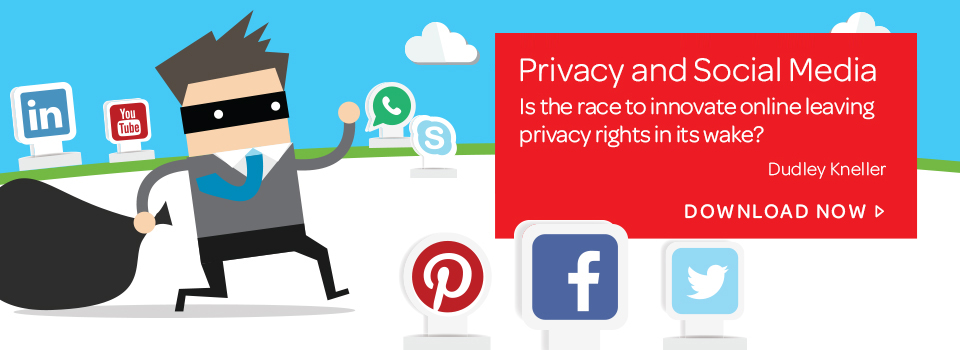Will streaming services end piracy?
02 August 2015 | Byron Frost

In April, an article on news.com.au noted that Australians were pirating HBO's Game of Thrones more than any other country in the world on a per capita basis. However, this is not a moniker of which Australians should be proud. Digital piracy is tantamount to stealing and does real damage to Australia's content creation industries. A study in 2011 revealed that movie piracy cost the Australian economy more than $1.3 billion in revenue in just 12 months.
The question is: "Are streaming services the panacea to this digital piracy epidemic?" In this author's view, streaming services alone will not see digital piracy eradicated as it is a problem as complex as it is vast and there is no panacea.
In this article, the extent of digital piracy is examined and the conclusion reached that the only way of combatting digital piracy lies in a comprehensive and integrated approach.
The rise of the streaming services
It has been a watershed year for streaming services in Australia with the launch of Stan, the local launch of Netflix and the relaunch of Presto. Quickflix also recently announced a deal (subject to due diligence and necessary shareholder and regulatory approvals) with a Shanghai-based film and TV company to combine their business and form a global streaming platform for distribution of Chinese film and TV content into China and international markets.
Music streaming services have also exploded. Spotify is reportedly adding close to 60,000 new users per week in Australia, with over 30% subscribing to its $11.99 per month premium paid service. Apple has also recently launched its new music streaming service.
While it is unclear whether those who have previously pirated content are now using streaming services to access content, comments made by Netflix CFO David Wells in April suggest that companies like Netflix are targeting pirates as potential customers. As Mr Wells stated of Netflix's impending global roll-out, "We [Netflix] wouldn't want to come out with a high price because there's a lot of piracy, so we have to compete with that."
Whether streaming services are having a material effect on digital piracy numbers is an ongoing debate and more research needs to be undertaken in this area. However, what is clear is that the streaming services in Australia have been successful in attracting users. According to research released in July, Netflix had 1.42 million people in 559,000 Australian homes in June this year using its service. Netflix's competitors such as Presto and Stan had 97,000 and 91,000 users respectively (according to Roy Morgan figures released in May this year). Further, research from Telsyte (released in July this year) showed that the number of subscription-video-on-demand (SVOD) users surged six-fold in six months from 315,000 in December 2014 to 2 million as of June 2015. Telsyte believes that some 1.5 million of these are paid subscriptions, as opposed to free trials.
While these growth numbers are fantastic and show that streaming services are a strong alternative to pirating content, as Netflix CEO Reed Hastings noted at the time of launching Netflix in Australia:
The key thing about piracy is that some fraction of it is because [users] couldn't get the content. That part we [Netflix] can fix. Some part of piracy however is because they just don't want to pay. That's a harder part. ...
This indicates that streaming services alone are not going to solve the piracy problem, as consumer attitudes towards valuing content also need to change.
An uphill battle
The ease in which copyrighted content can be captured from various sources and distributed online globally (with an internet connection) at no or limited expense and with a certain amount of anonymity, illustrates the problems faced by copyright owners wishing to protect their intellectual property rights. Clearly, this is a complex problem that requires an integrated approach. Streaming services alone will not be enough to thwart digital piracy.
The fight against digital piracy also requires a strong response from lawmakers to ensure that a legal framework exists which deters consumers from pirating. This coupled with awareness campaigns (that, for example, reinforce the idea that content is valuable) will hopefully result in a decrease in digital piracy rates as consumer attitudes change.
All stakeholders, including copyright owners, ISPs, relevant associations and governments need to continue to consult and work together on an integrated approach to combat digital piracy. The battle against digital piracy is moving in the right direction but it remains an uphill one.
Note: This is an extract from Australian Media, Technology and Communications Law Bulletin, August 2015, Volume 2 No 5
 LexisNexis
LexisNexis
